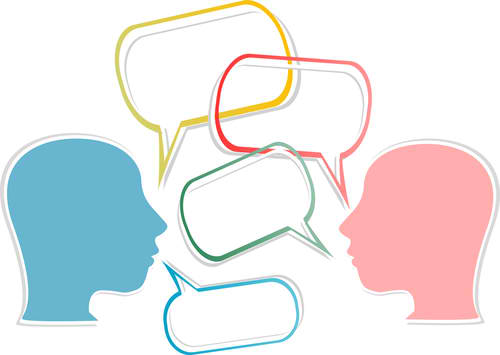Many employers have openings that aren’t being filled, and are interested in diversifying their workplaces. So how do they make the connection?
– Connecting employers with jobseekers with disabilities is vital | NJ.com
In this opinion piece, Rodger L. DeRose, president and CEO of the Kessler Foundation, explains why employers need to increase efforts to reach jobseekers with disabilities. Research continues to show that inclusive workplaces benefit from greater productivity and better retention. At Solutions Marketing Group, we can help your business reach a virtually untapped pool of talent, as well as help you to create a corporate culture that embraces diversity.
 Companies that are champions of multicultural marketing do their homework to understand how to create resonant messaging that inspires consumers to respond by liking a page on social media or purchasing products in the store or online. Their ads tell consumers how the products can be a solution for avoiding pain or deriving pleasure. Messaging to people with disabilities and their families is no different.
Companies that are champions of multicultural marketing do their homework to understand how to create resonant messaging that inspires consumers to respond by liking a page on social media or purchasing products in the store or online. Their ads tell consumers how the products can be a solution for avoiding pain or deriving pleasure. Messaging to people with disabilities and their families is no different.